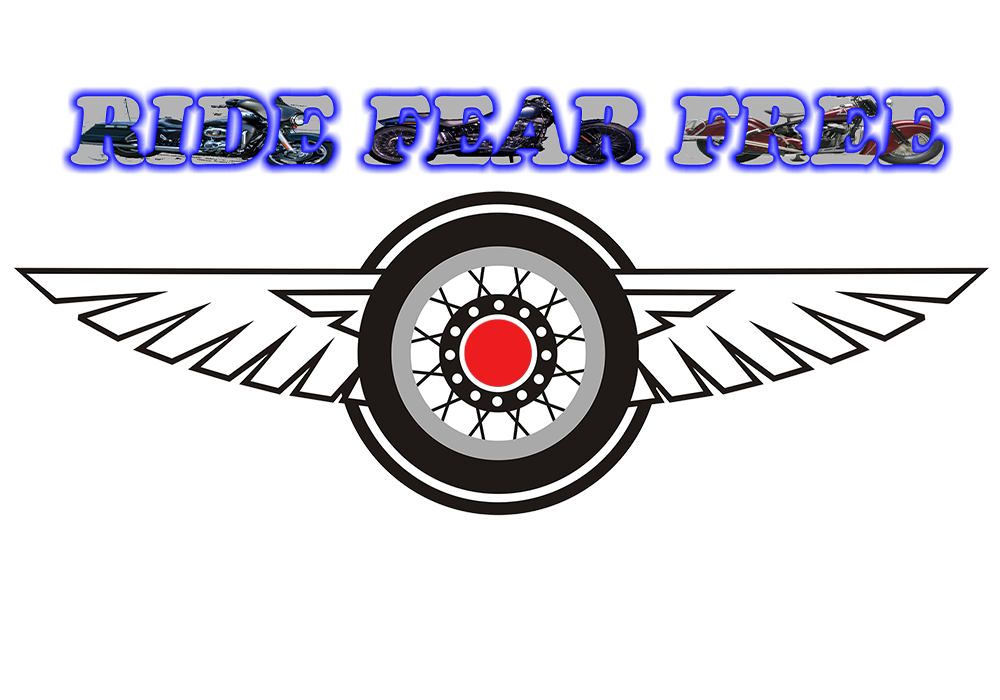Quick Answer: While comprehensive databases of 50+ specific collaboration examples aren't readily available, proven stakeholder collaboration strategies include multi-agency enforcement partnerships, international policy coalitions, manufacturer-government safety initiatives, rider education alliances, and infrastructure improvement collaborations. The most effective approaches combine legal enforcement, environmental modifications, education programs, and emergency response coordination across multiple stakeholder groups.
The Hard Truth About Motorcycle Safety Collaboration
Motorcycle fatality rates continue to challenge safety officials worldwide, despite decades of awareness campaigns and safety initiatives. The problem isn't a lack of good intentions, it's a lack of coordinated action between the right stakeholders at the right time.
You've probably seen the statistics. In states without universal helmet laws, 51% of motorcyclists killed weren't wearing helmets, compared to only 10% in states with comprehensive helmet legislation. But here's what those numbers really tell us: successful motorcycle safety isn't about any single intervention. It's about getting everyone on the same page.
Why Most Safety Initiatives Fall Short
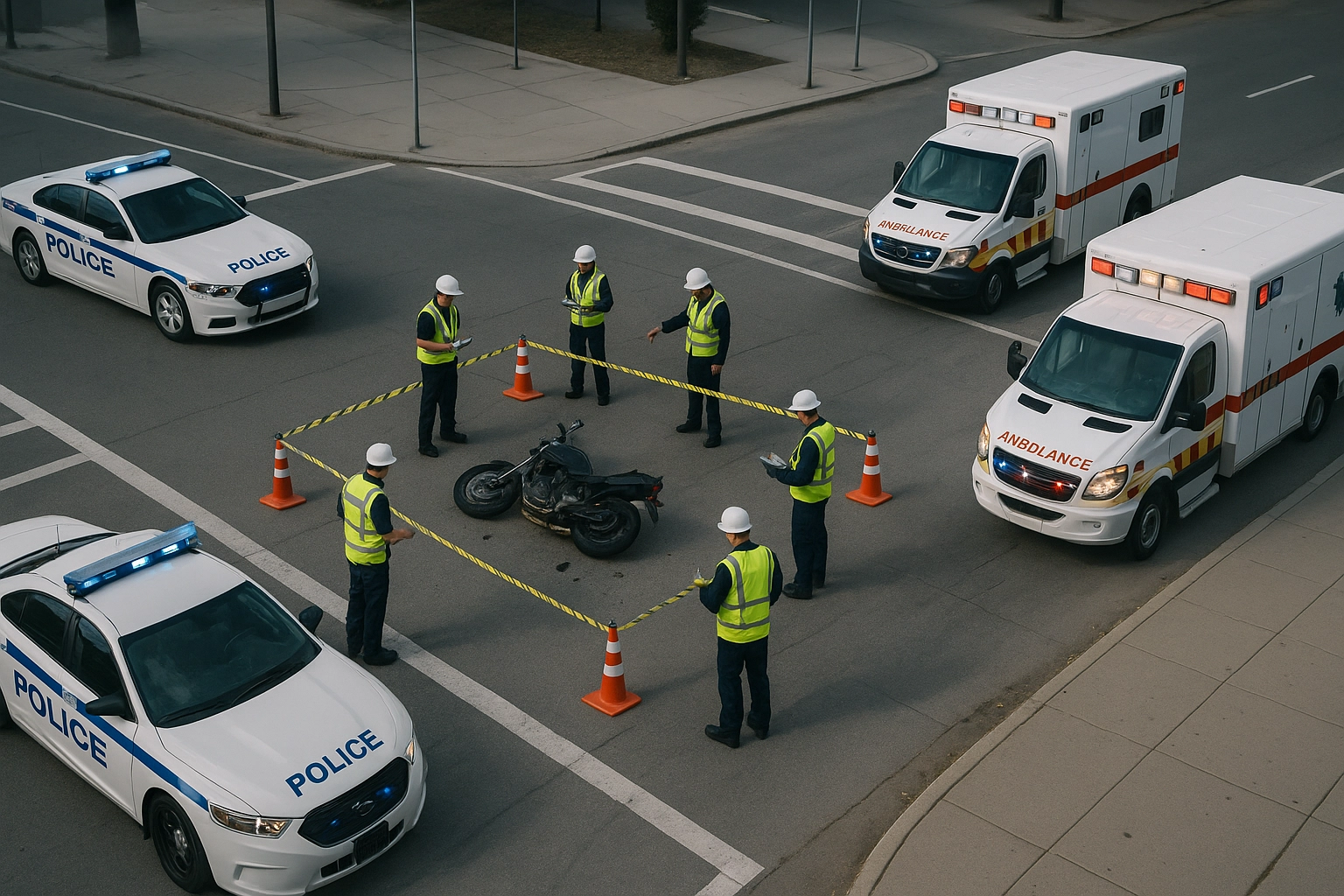
The biggest mistake safety officials make is treating motorcycle safety like a solo mission. You launch a campaign, you measure results, you move on. But the most effective motorcycle safety initiatives attack the problem from multiple angles simultaneously, incorporating behavioral interventions, vehicle and infrastructure research, education and enforcement activities, and emergency response improvements.
This comprehensive approach requires something most organizations struggle with: genuine stakeholder coordination.
The Stakeholder Success Framework
Primary Stakeholders That Move the Needle:
- Motorcycle riders and rider communities
- Vehicle manufacturers and aftermarket suppliers
- Motorcycle clubs and riding associations
- State and local government agencies
- Insurance companies and risk assessors
- Law enforcement agencies at all levels
- Motor vehicle licensing administrators
- Emergency response teams
- Road infrastructure authorities
But knowing who to involve is just the beginning. The magic happens when these groups actually work together instead of parallel to each other.
Legal and Enforcement Collaboration Models
Multi-Agency Enforcement Partnerships represent some of the most documented success stories in motorcycle safety. These collaborations focus on making obstacles, motorcycles, and pedestrians more visible through coordinated use of colors and stickers, enhanced monitoring and training of licensing schools, and serious enforcement of laws with legal consequences for violators.
Random license checks coordinated between multiple jurisdictions have shown particularly strong results. When state highway patrol, local police, and licensing authorities share information and coordinate enforcement efforts, compliance rates improve dramatically.
Construction and Infrastructure Coordination between transportation departments and safety agencies has produced measurable improvements. These partnerships focus on continuous road marking initiatives, construction of public parking lots in crowded zones, and systematic identification of accident-prone locations.
Environmental and Infrastructure Partnerships
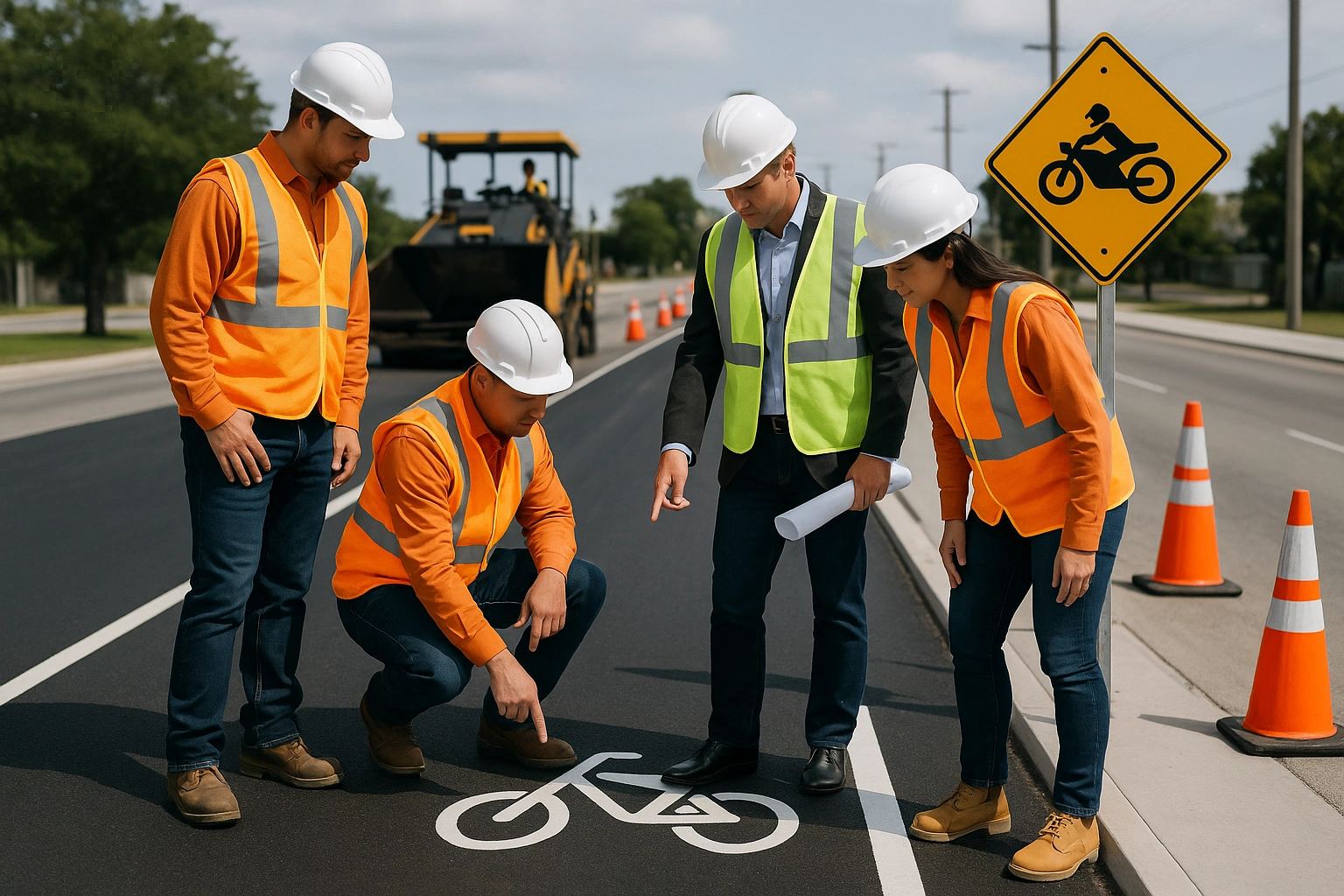
Smart infrastructure collaborations tackle the physical environment where motorcycle accidents occur. Effective programs coordinate between transportation authorities, municipalities, and safety organizations to identify places where traffic signs are covered with trees, shoulderless and hazardous roads, and accident-causing potholes through systematic reporting systems.
These partnerships work because they address root causes instead of just symptoms. When a city transportation department, state highway authority, and motorcycle safety organization share data and coordinate improvements, they can eliminate hazards before they claim lives.
International Policy Collaboration Networks
The Global Health Advocacy Incubator's Motorcycle Policy Project demonstrates how large-scale stakeholder collaboration works across borders. This initiative partners with national and local civil society organizations across Bangladesh, China, Colombia, Ecuador, India, Mexico, Uganda, Ukraine, and Vietnam.
The project works with government stakeholders to analyze existing policies, identify gaps and barriers, and develop national-level policy pathways. This international approach proves that successful motorcycle safety transcends local boundaries and requires coordinated policy development.
Education and Awareness Alliances
Rider Education Coalitions bring together motorcycle manufacturers, rider training organizations, insurance companies, and safety advocates to create comprehensive education programs. These partnerships work because they combine industry expertise, safety research, and grassroots credibility.
The most successful programs coordinate between multiple stakeholder groups to deliver consistent safety messages through various channels. When manufacturers, dealers, riding clubs, and safety organizations all reinforce the same core safety principles, riders are more likely to adopt safer behaviors.
Emergency Response Coordination
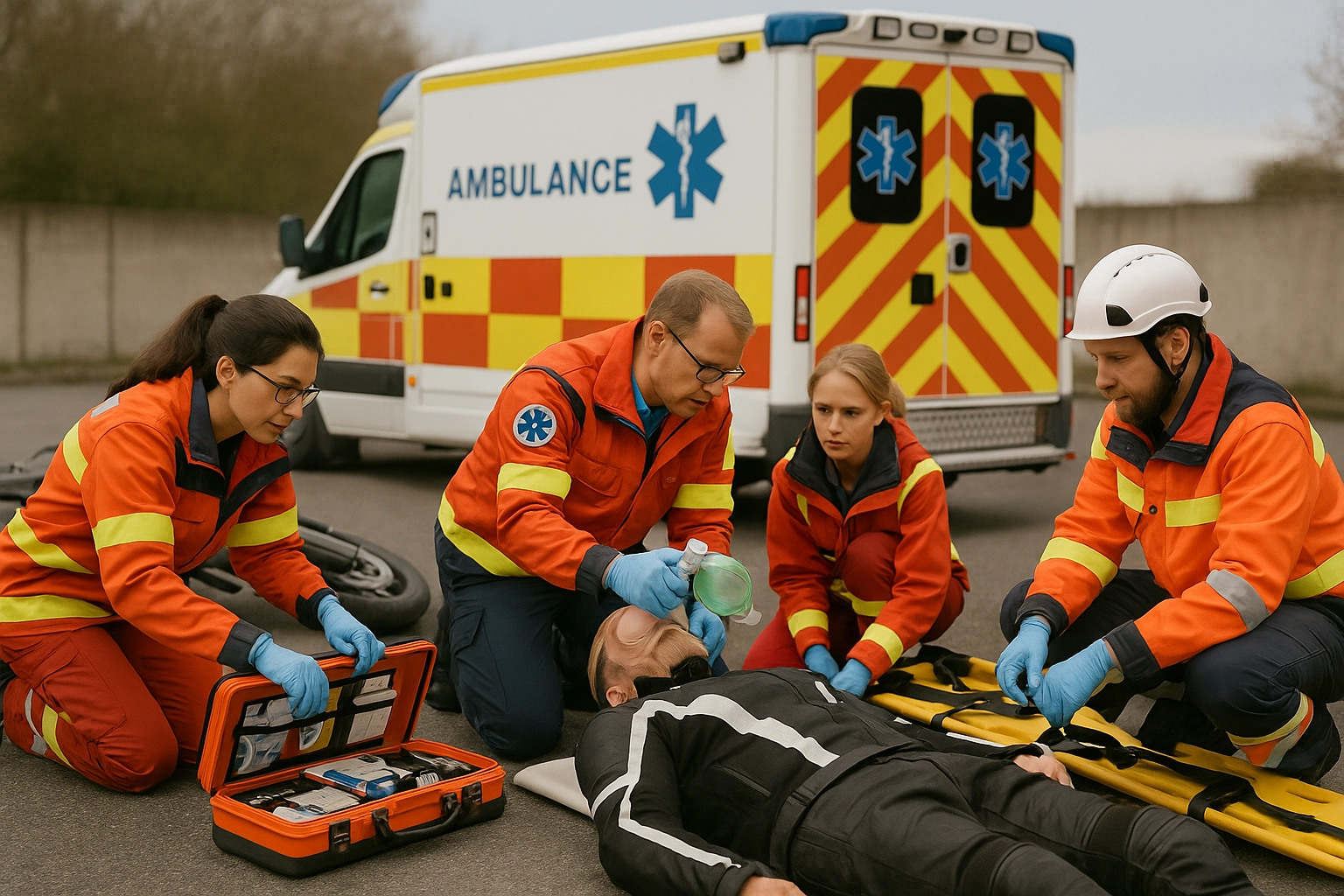
Multi-Agency Emergency Response Networks focus on improving outcomes after accidents occur. These collaborations bring together emergency medical services, hospitals, law enforcement, and transportation authorities to reduce response times and improve trauma care for motorcycle accident victims.
Coordinated emergency response protocols can significantly improve survival rates and reduce long-term disability from motorcycle accidents. When all emergency responders follow the same protocols and share information effectively, accident victims receive better care faster.
Implementation Strategies That Actually Work
Start Small, Scale Smart: The most successful stakeholder collaborations begin with 2-3 committed organizations and expand gradually. Don't try to coordinate everyone at once.
Data-Driven Partnerships: Successful collaborations focus on sharing data and measuring results together. When all stakeholders track the same metrics, they can coordinate more effectively.
Clear Role Definition: Each stakeholder needs to know exactly what they're responsible for and how their contribution fits into the larger effort. Ambiguous responsibilities kill collaboration.
Regular Communication Protocols: Establish consistent communication schedules and formats. Monthly coordination calls, quarterly progress reviews, and annual planning sessions keep everyone aligned.
Measuring Collaboration Success
The best stakeholder collaborations establish shared metrics from the beginning. Instead of each organization measuring success differently, effective partnerships track:
- Fatality rate reductions in target areas
- Compliance improvements across safety measures
- Response time improvements for emergency services
- Participation rates in safety programs
- Infrastructure improvement completion rates
Technology-Enabled Collaboration
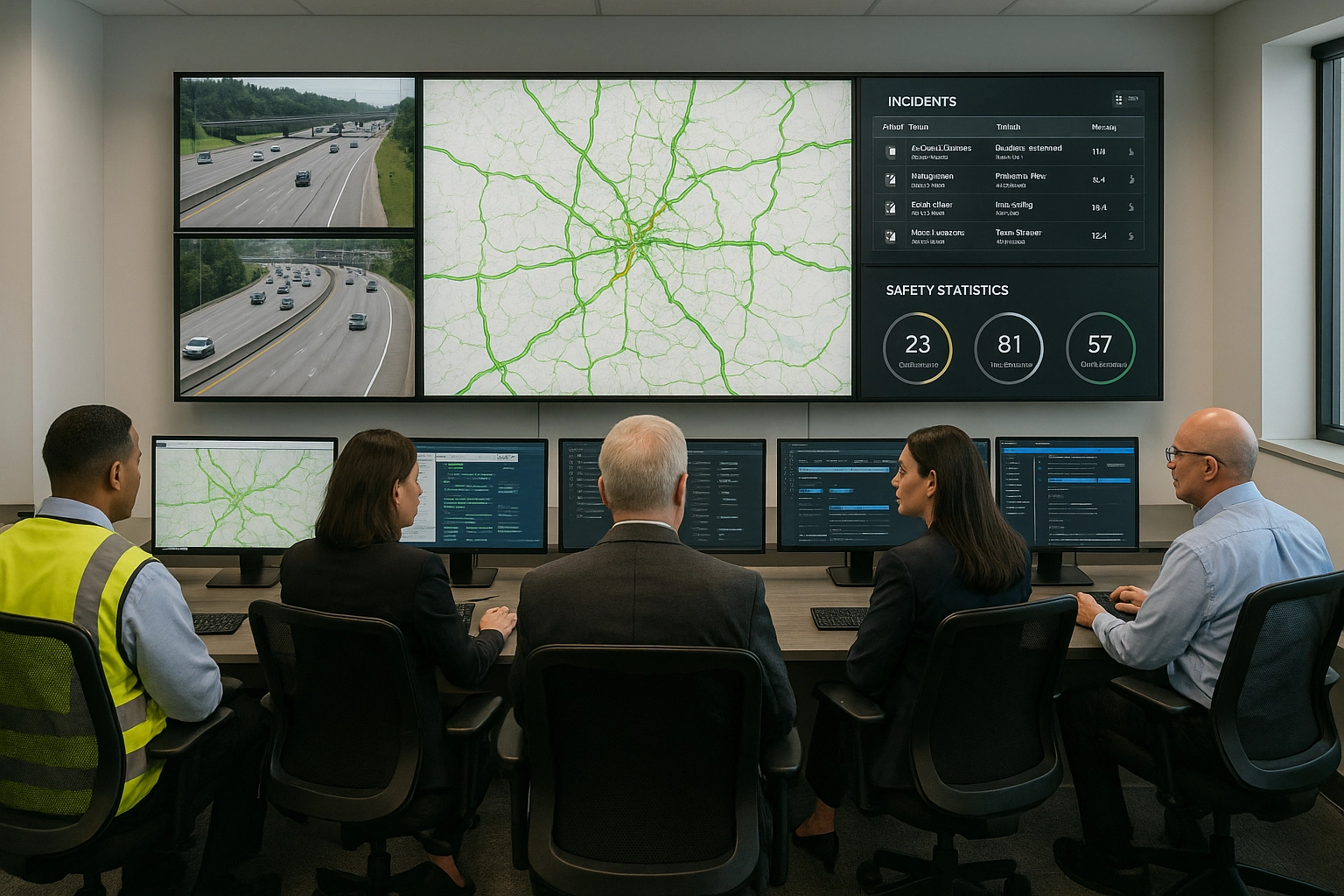
Modern stakeholder collaboration increasingly relies on shared technology platforms for data sharing, communication, and coordination. Cloud-based systems allow multiple agencies and organizations to track progress, share information, and coordinate activities in real-time.
These technological solutions enable collaboration at scales that weren't previously possible. When emergency services, transportation authorities, and safety organizations can all access the same accident data and coordinate responses through integrated systems, the entire safety network becomes more effective.
Moving Forward Together
Successful motorcycle safety stakeholder collaboration isn't about finding 50+ perfect examples to copy. It's about understanding the principles that make collaboration work and adapting them to your specific situation and stakeholders.
The organizations that make the biggest impact on motorcycle fatality rates are those that coordinate effectively with other stakeholders instead of working in isolation. Whether you're a safety official, law enforcement leader, or transportation authority, your biggest opportunity for impact lies in finding the right partners and coordinating your efforts effectively.
For more insights on motorcycle safety and travel, visit our comprehensive resources at Ride Fear Free. Learn how motorcycles provide accessible transportation and recreation opportunities while maintaining safety standards.
Ready to improve motorcycle safety in your area? Contact Dan Kost, CEO at www.RideFearFree.net or call our AI Receptionist at +1 (970) 693-4854 to discuss stakeholder collaboration strategies. Connect with Dan on LinkedIn for ongoing safety innovation insights.
Share this article: LinkedIn | Facebook | X | Instagram
Tags: #Motivation #Branding #Strategy #Marketing #AdvertisingAndMarketing #DigitalMarketing #Innovation #Sports #MotorcycleSafety #StakeholderCollaboration #PublicSafety #TrafficSafety #SafetyPartnerships #AccidentPrevention
